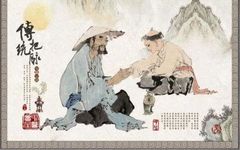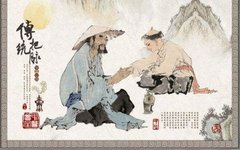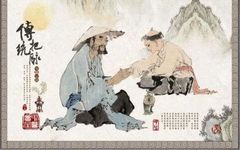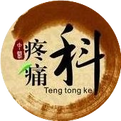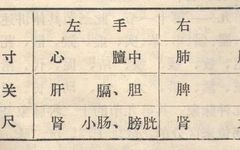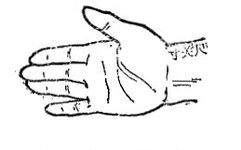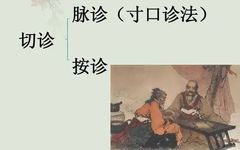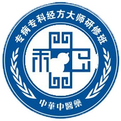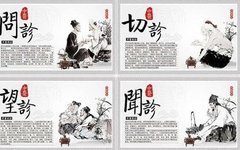Traditional Chinese Medicine Diagnosis | Pulse Diagnosis – The Significance of Pulse Diagnosis
Traditional Chinese Medicine Diagnosis – Pulse Diagnosis Everyone is likely familiar with taking the pulse. Whenever we visit a TCM practitioner, they will check our pulse and can understand our health condition through this method. Many people are curious about how TCM can determine our physical state just by taking the pulse. Today, let us … Read more

